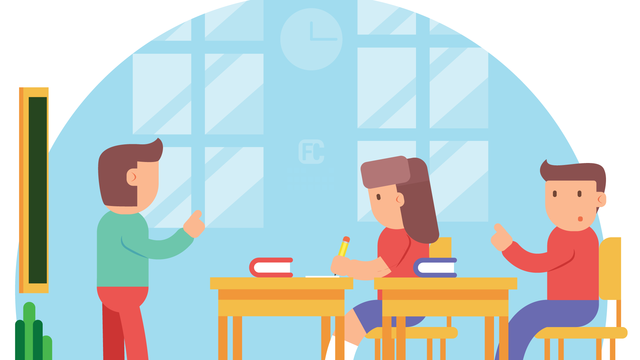
To access the full video please subscribe to FLLCasts.com
- #1225
- 26 Apr 2019
Once a problem is stated, students themselves reach a solution. These solutions can have nothing to do with the knowledge and assumptions of the teacher and our lessons. They may be entirely different and unique in their own way. This is one of the objectives of our classes - students to be creative.
In our teaching materials, a teacher will find exemplary solutions to the given problems. These solutions are prepared to help the teacher with at least one possible solution to a problem, but our materials are not a book that needs to be taught to students. These examples are not the answers that must be given to students.
As an example about different solutions, that students could reach is the problem with moving the robot in a square:
- One approach is to place two blocks - one for forward motion and one for a turn and then to copy-paste them four times.
- The second approach is to place those two blocks in a loop to repeat them.
Among these, no solution is better than the other. Although the loop makes the program more “neat”, it is still a solution with its advantages and disadvantages. (For example, what if we need to play a sound on the third turn only? Which of the two solutions will be an easier foundation to solve the second problem?)
Yet another detail is the way the robot turns - it could be with one or with two motors, forward or backward, left or right. Again a teacher should ask questions and guide students to solve the turn with experiments, not by giving answers.
Problems should be formulated so as to allow different solutions. The task should not be put as "Place four blocks to move forward and four blocks to turn left so that the robot moves in a square." That way, the students are taught how to get the robot to move in a square. In order to make them learn, the task should be reduced to "Make the robot move in a square!"
Courses and lessons with this Tutorial
This Tutorial is used in the following courses and lessons

Instructors Remote Training
If you are working with students and you want to introduce Robotics to your class or you want to mentor a FLL team, but you are insecure about your technical knowledge in the Robotics field, then this is the right place for you. Having in mind teachers' busy schedule, we have design two different schedules and added an option to design one just for you. FLLCasts's Mindstorms EV3 Robotics Online Training is the perfect match for any teacher.
After the completion of each task the participant has to upload his solution for verification.
- 183
- 280:11
- 156

Methodology
The first chapter describes a way of thinking that could be embraced from the first read or could be so unorthodox so that the reader could never get used to it. We are constantly improving the methodology, but it must be stressed that the classes in “Robopartans” must be conducted in the way described here or shouldn’t be conducted at all.
Main concepts:
-
We as teachers give more questions and fewer answers.
-
The students must be allowed to go wrong and fail.
-
The students work together in pairs.
-
No solution is the correct one, any solution works
- 4
- 1
- 8
- 3d_rotation 0